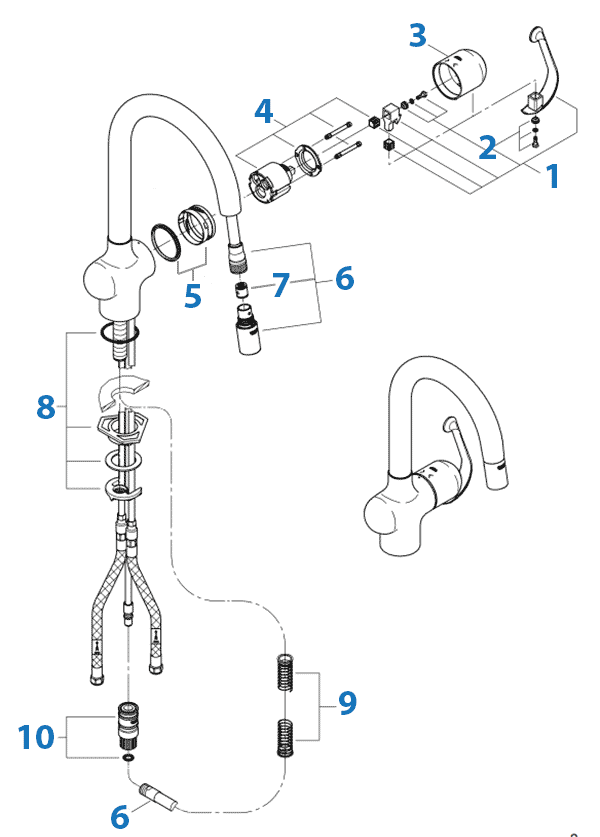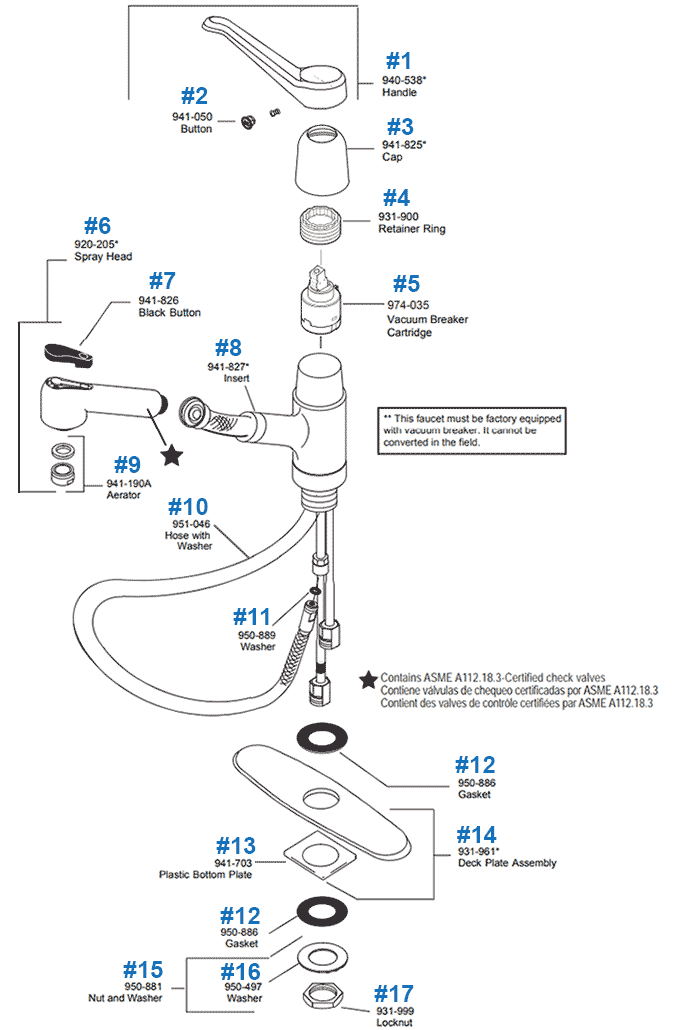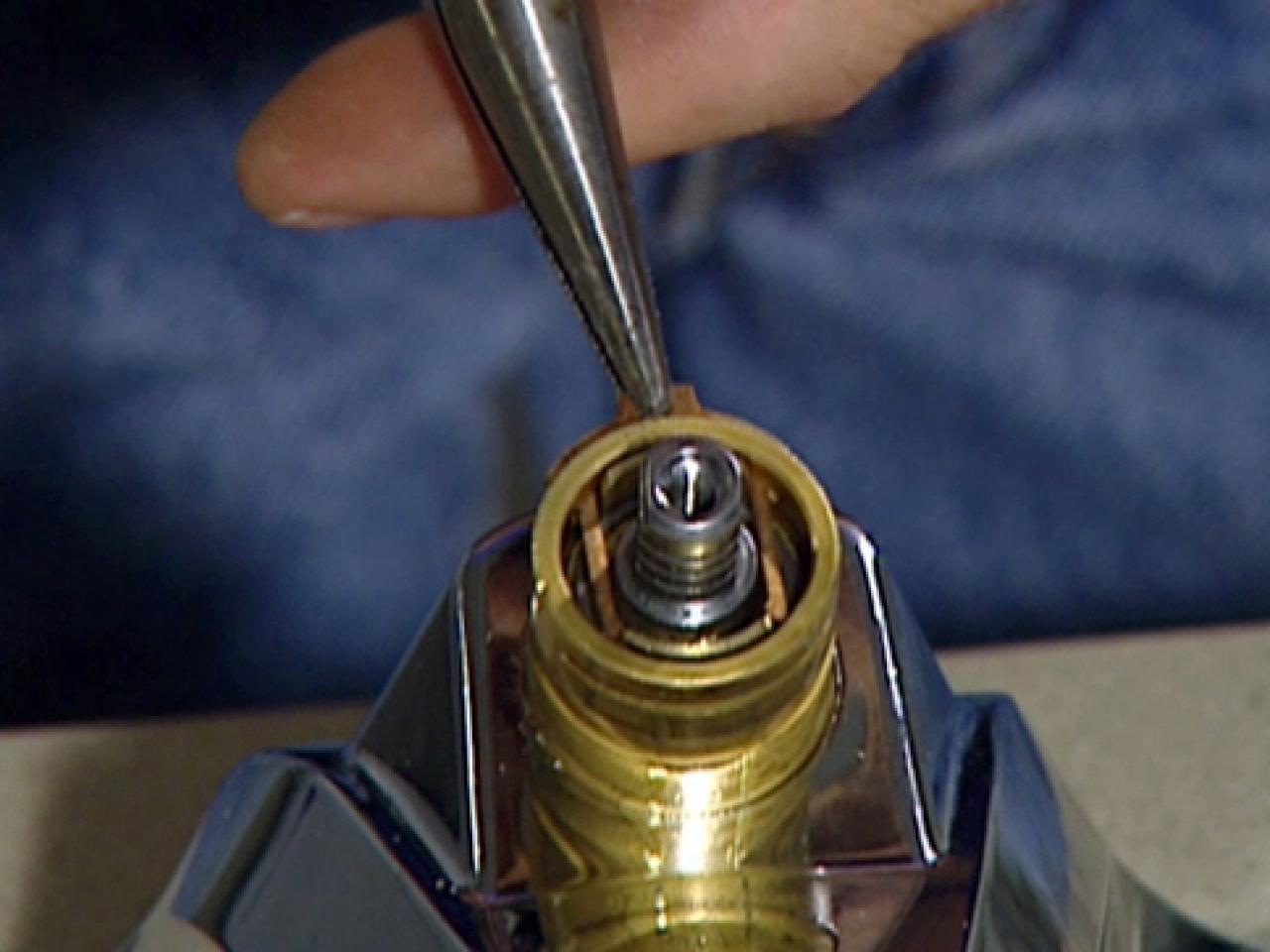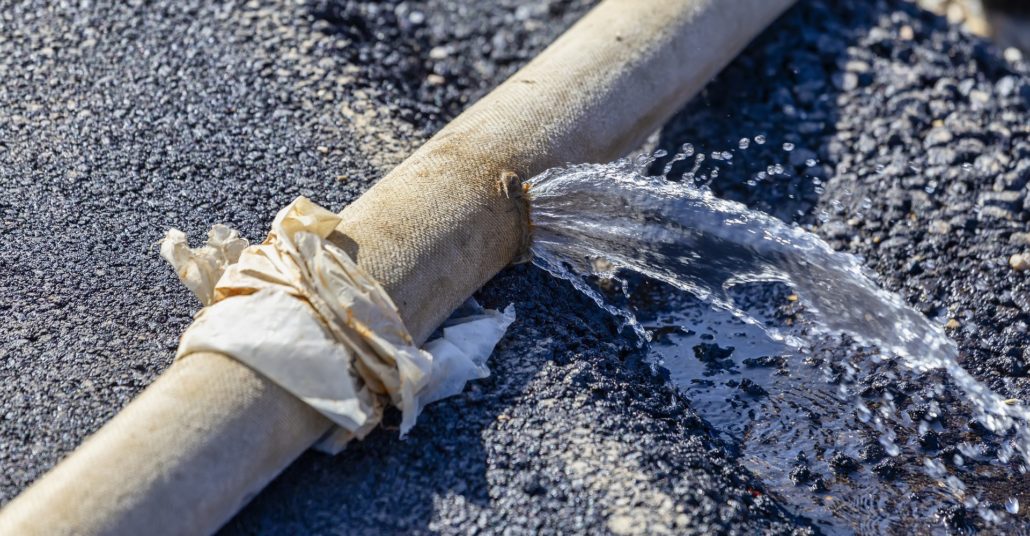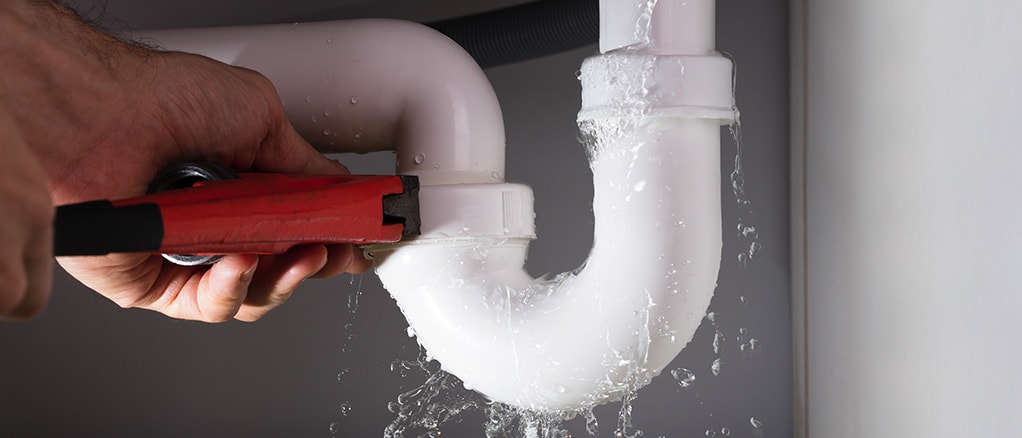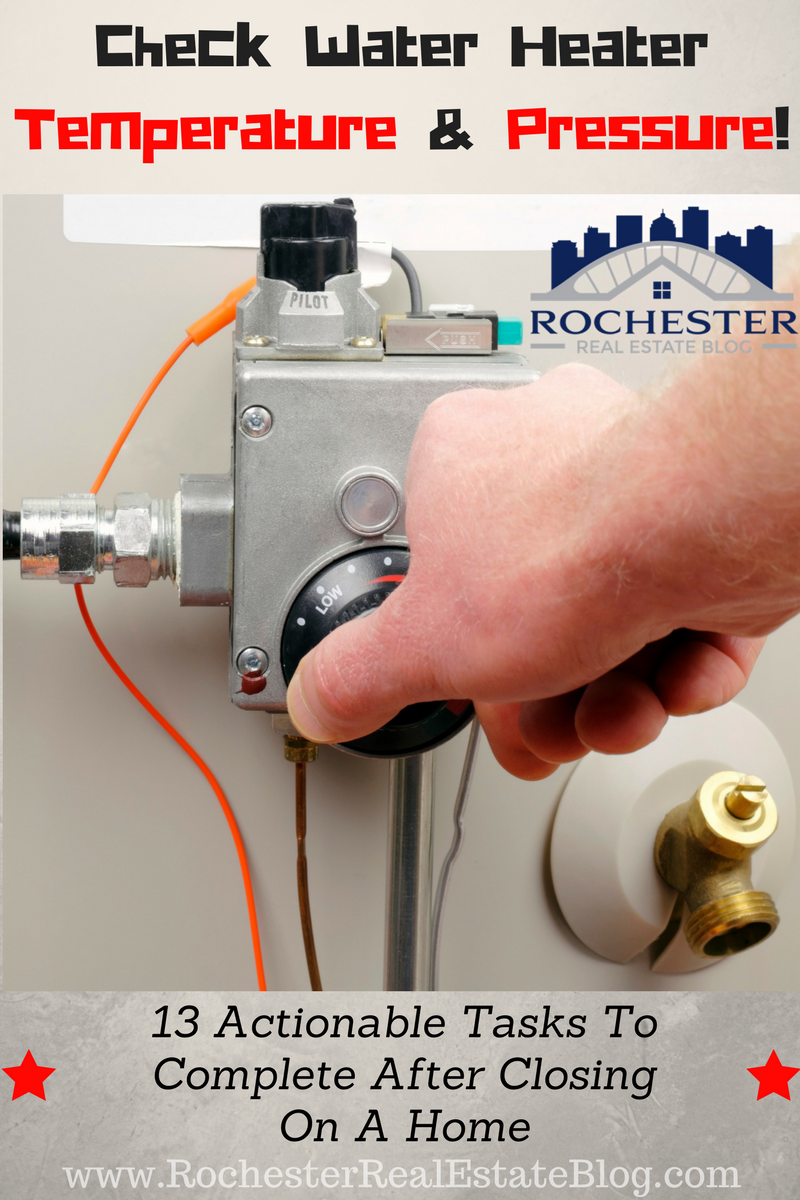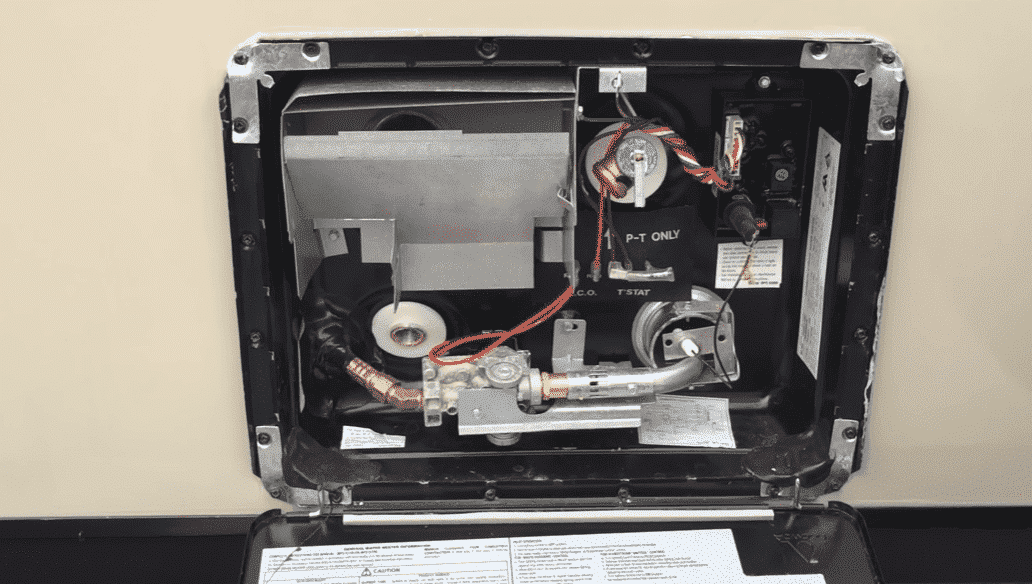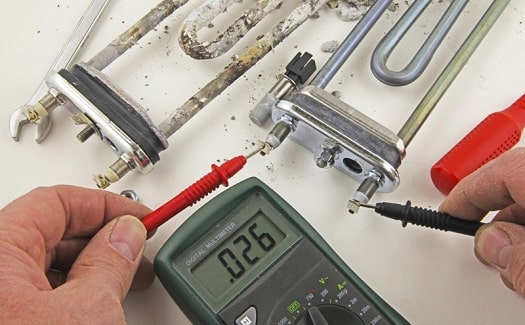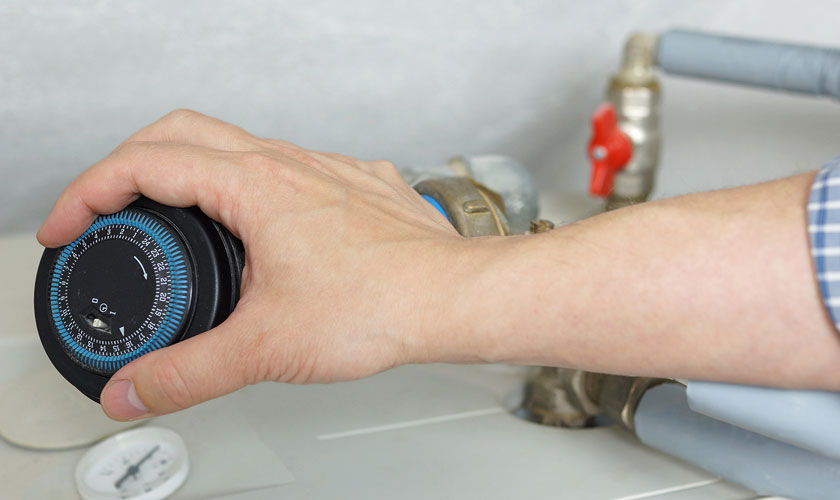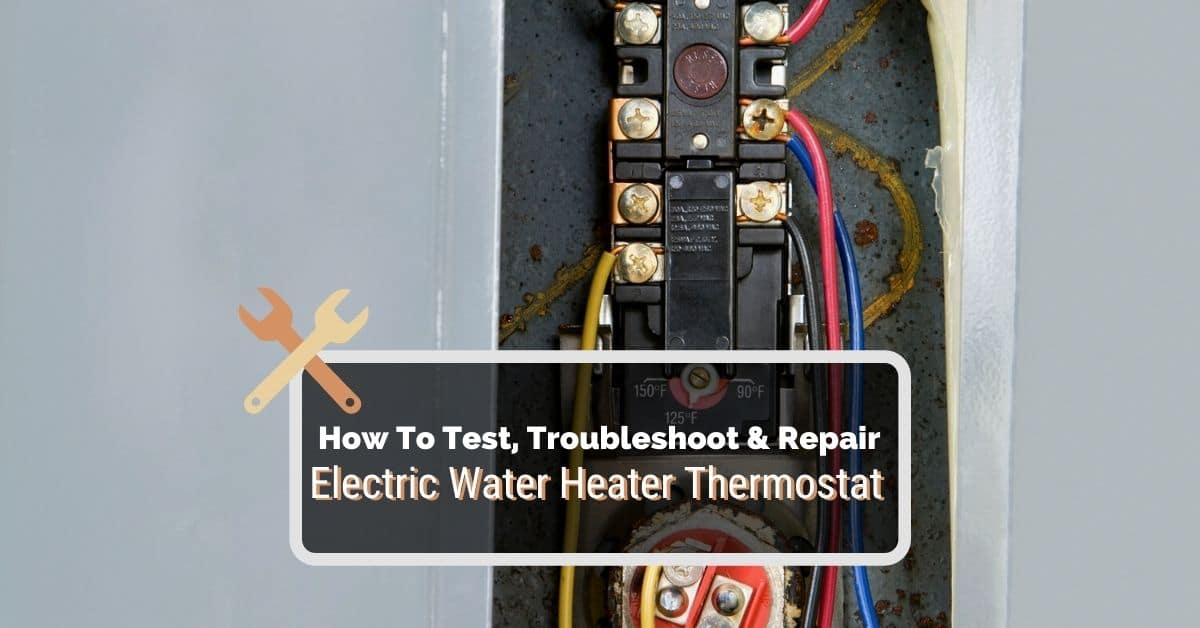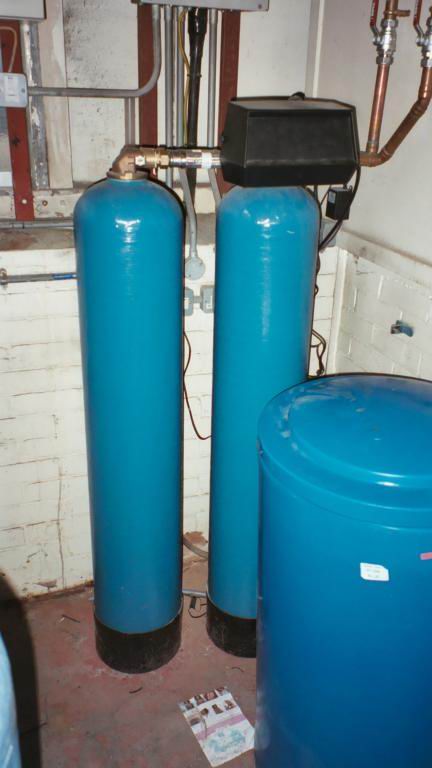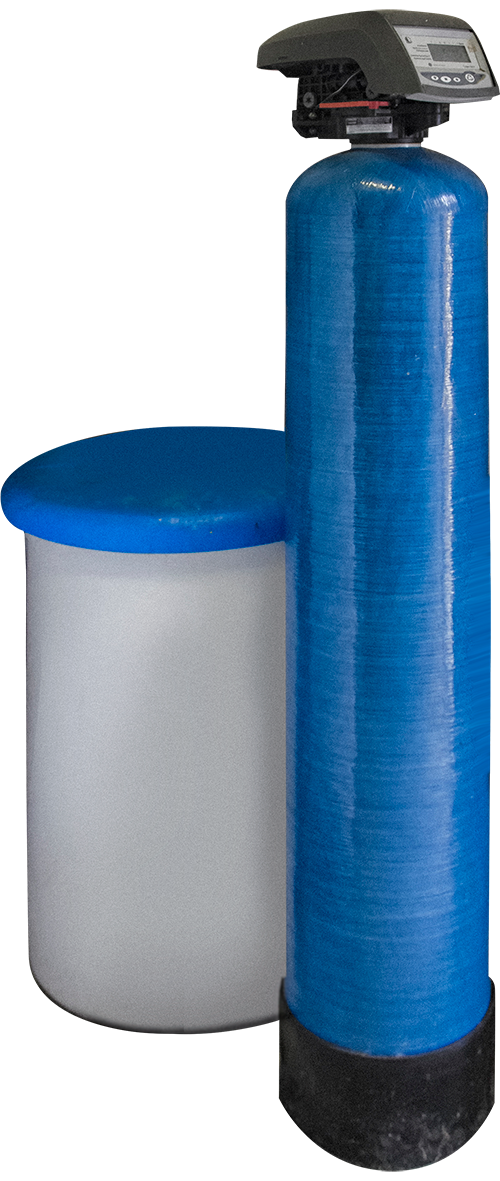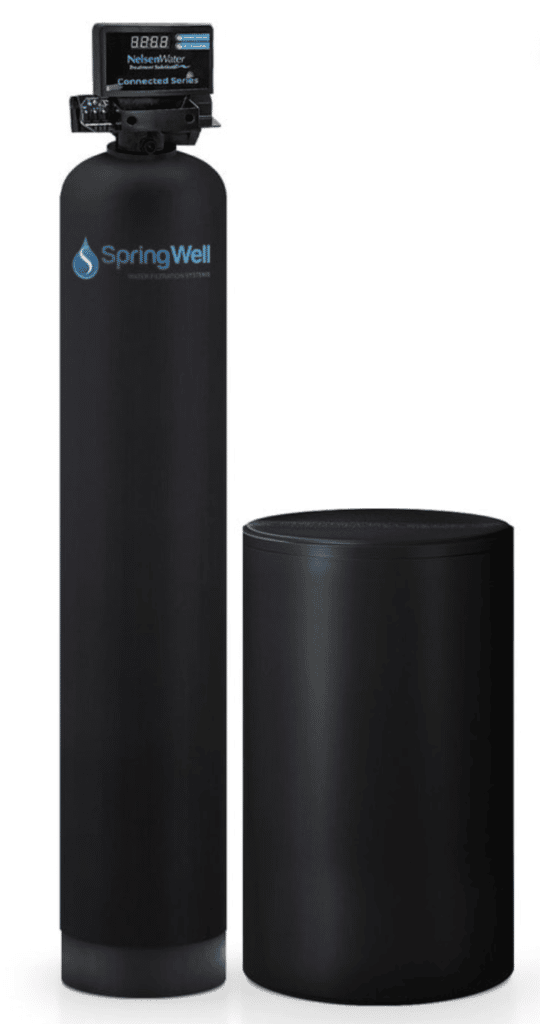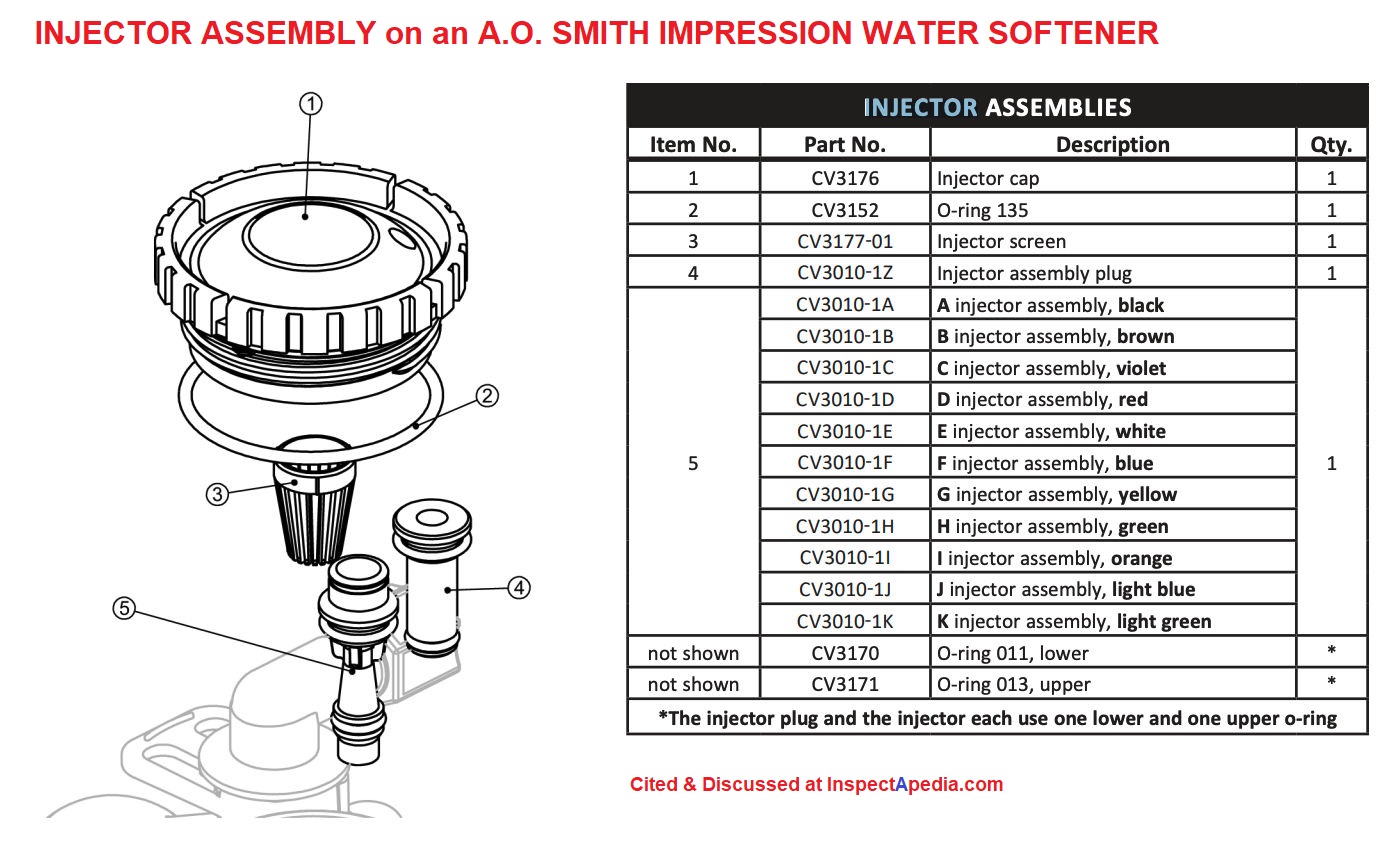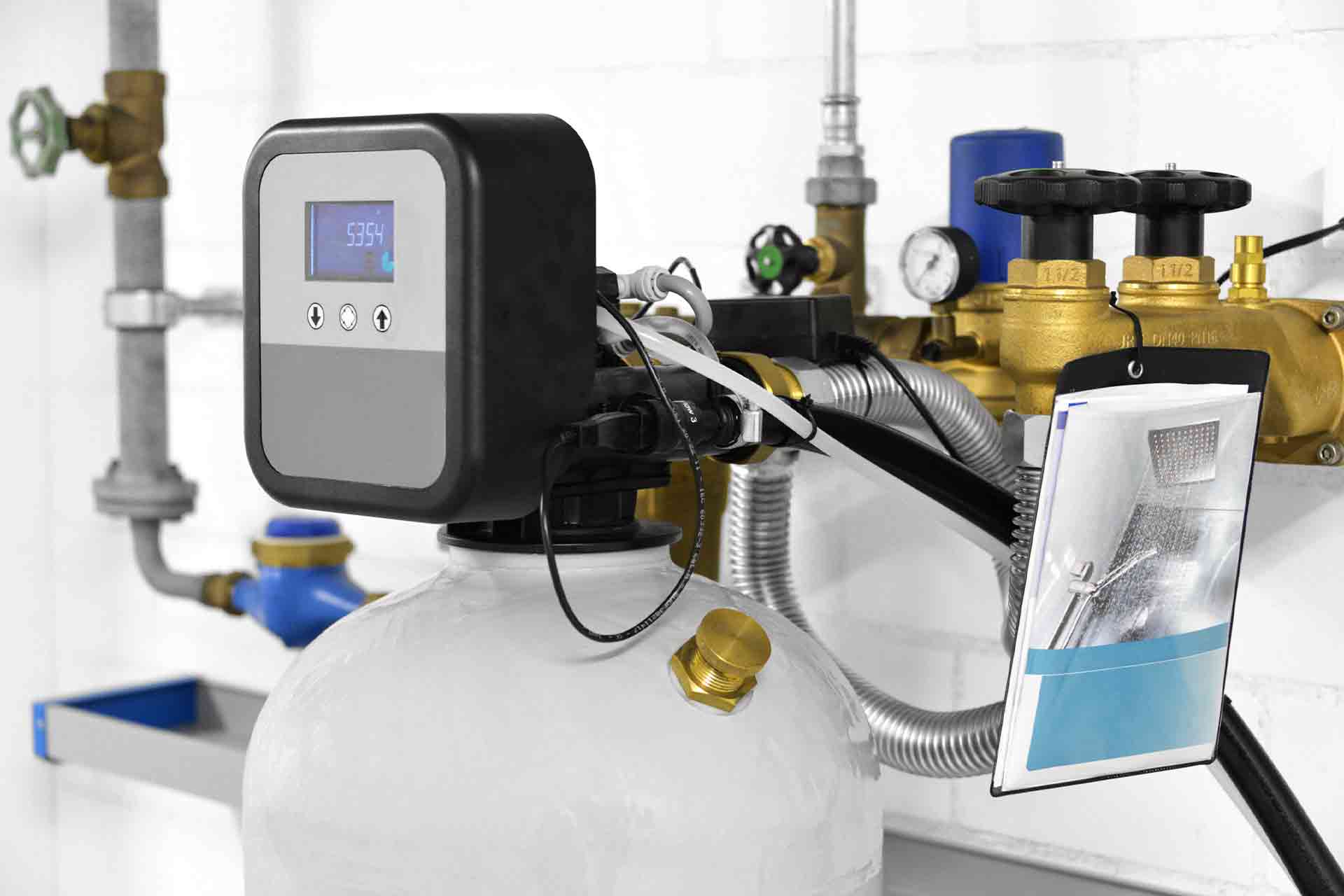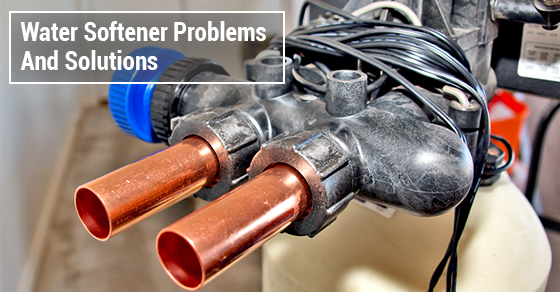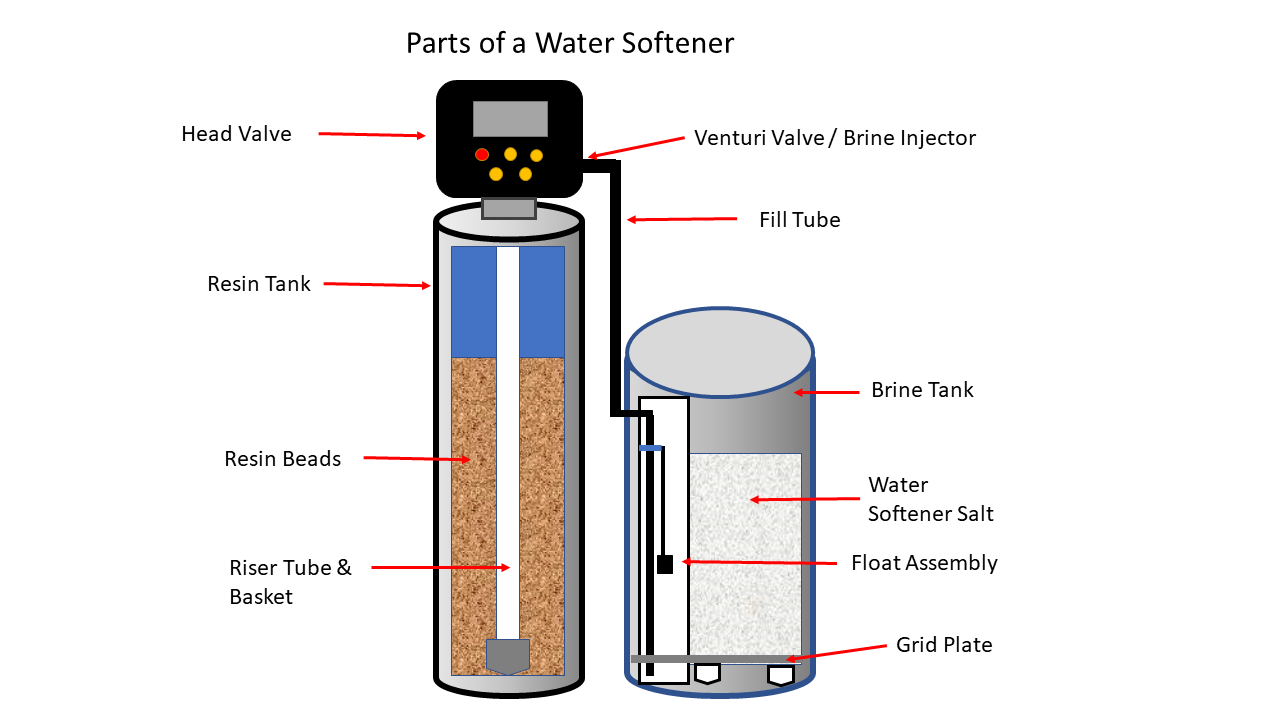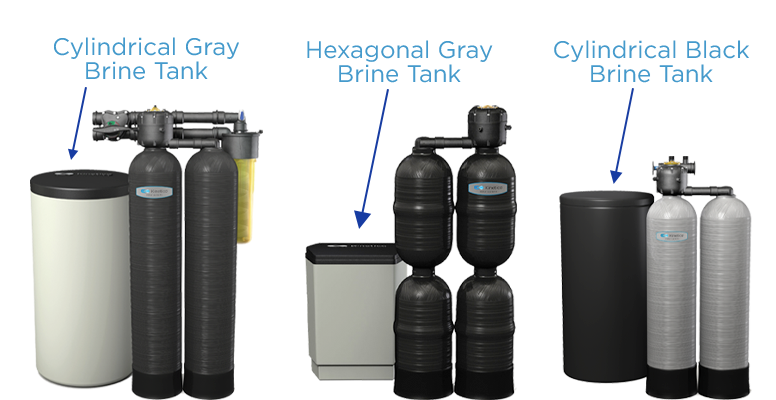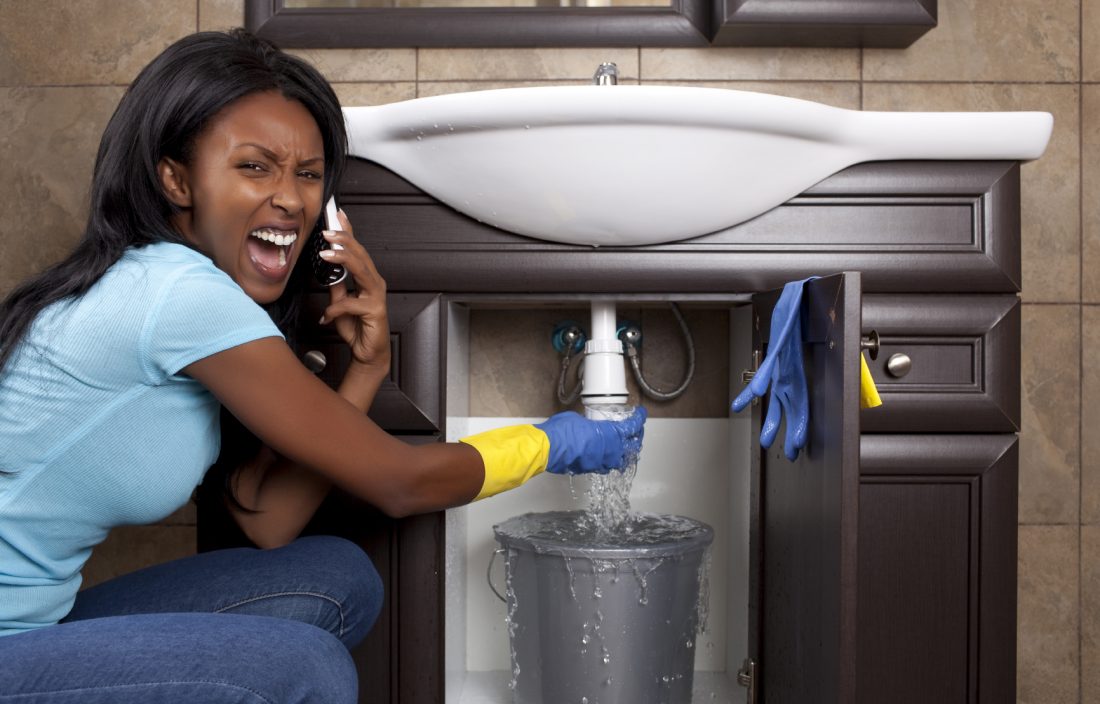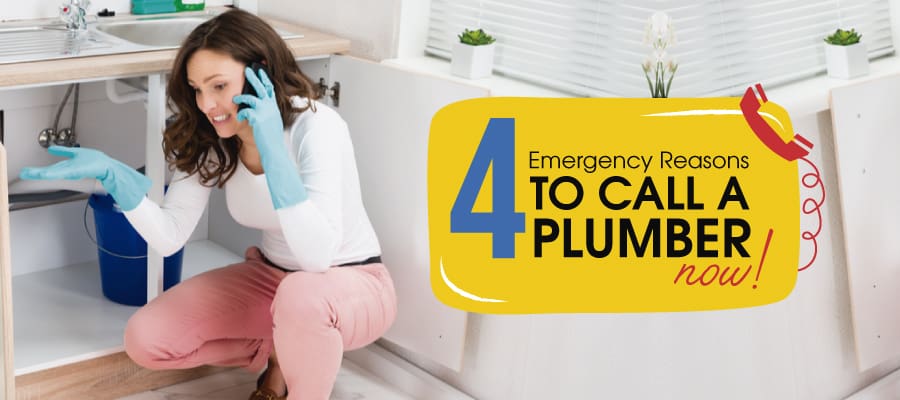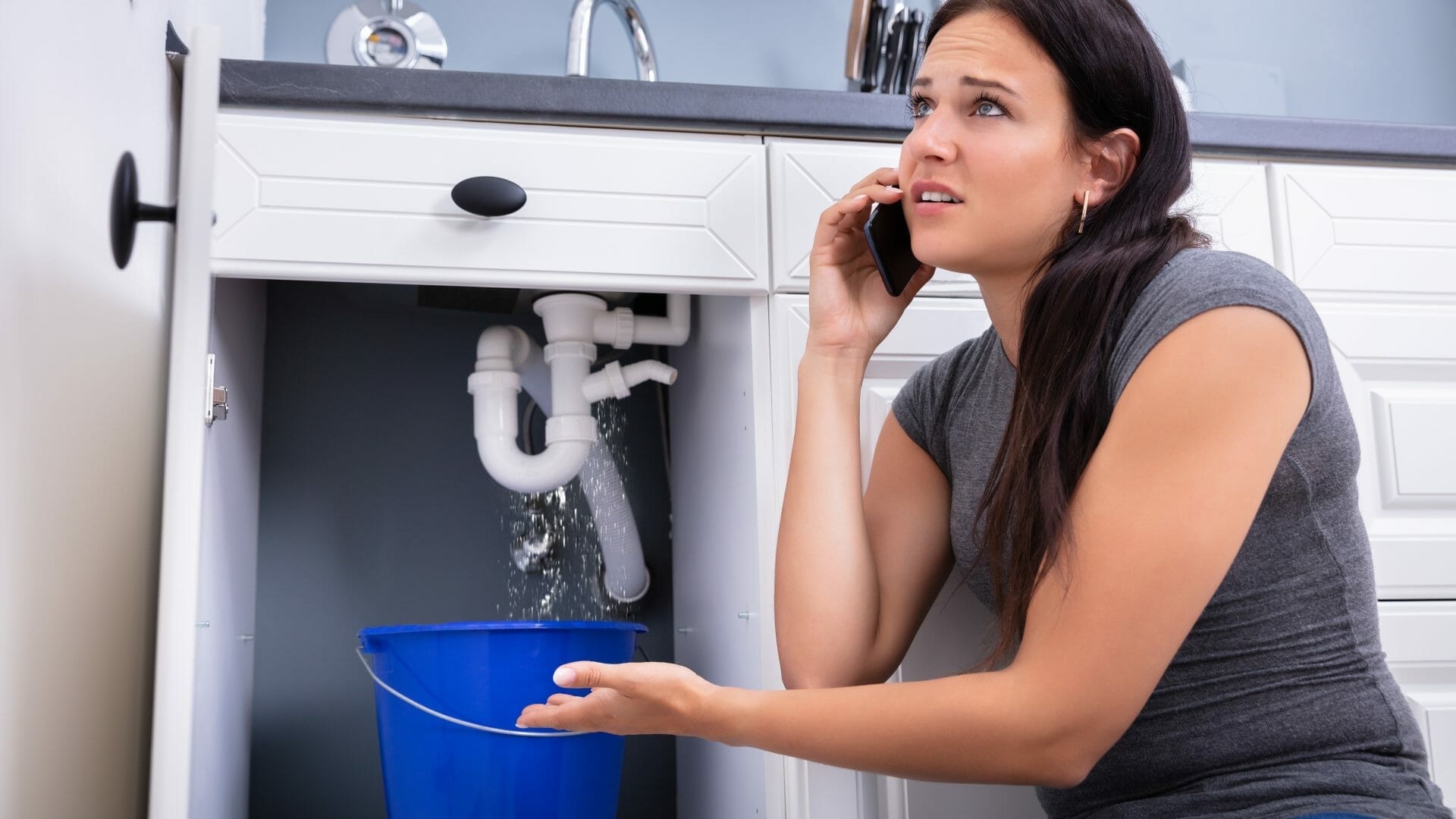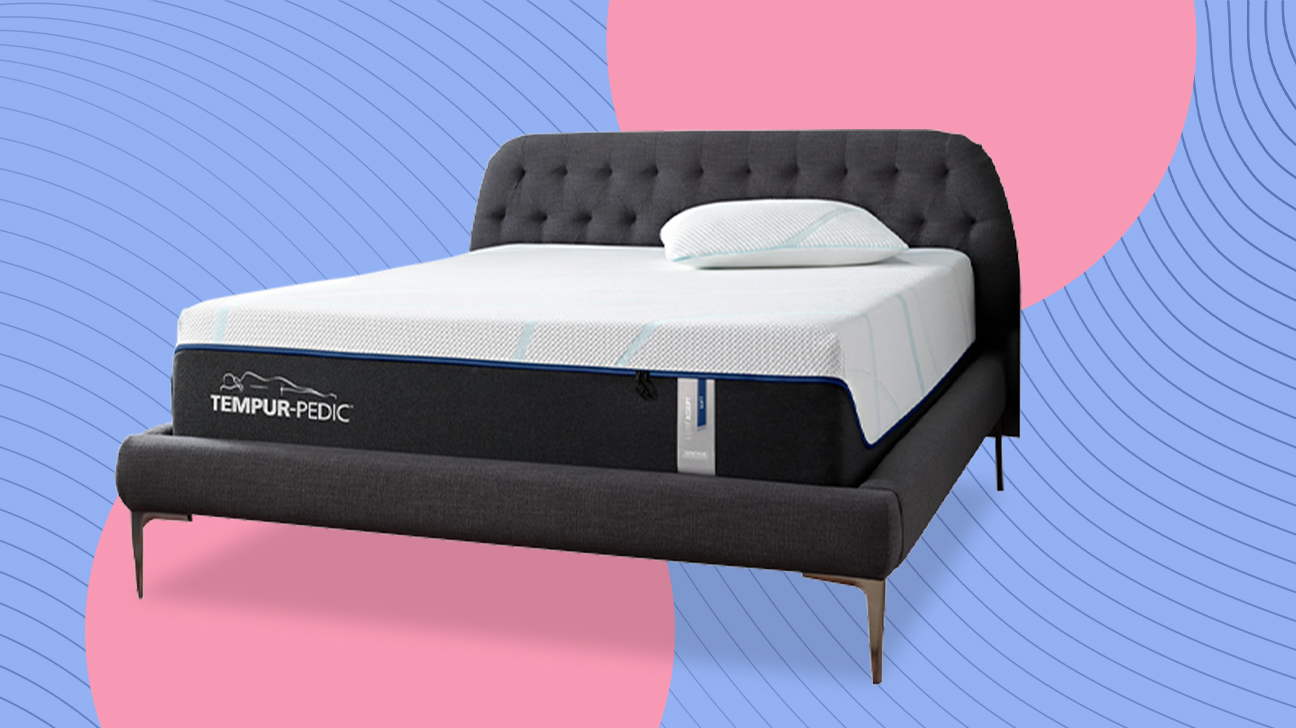One of the first things you should check if your kitchen sink has low water pressure is the aerator. The aerator is a small mesh screen that is located at the end of your faucet and is responsible for mixing air with the water to create a steady and even flow. Over time, the aerator can become clogged with mineral deposits or debris, which can restrict the flow of water and cause low water pressure. To check the aerator, simply unscrew it from the faucet and clean it thoroughly with a toothbrush and vinegar. This should help improve the water pressure in your kitchen sink.1. Check the aerator
If cleaning the aerator doesn't solve the issue, the next step is to check the water supply. Make sure that the main water valve is fully open. Sometimes, the valve can accidentally get turned or partially closed, which can result in low water pressure. If the main valve is open and you still have low water pressure, it could be an issue with the municipal water supply. In this case, you may need to contact your water provider for assistance.2. Check the water supply
Most kitchen sinks have shut-off valves located under the sink. These valves control the water flow to the faucet and can sometimes get partially closed, leading to low water pressure. Make sure that the valves are fully open and not blocked by any objects. If the valves are stuck, try using a wrench to open them. If they still won't budge, you may need to call a plumber to replace them.3. Check the shut-off valves
The water pressure regulator is responsible for controlling the water pressure in your home. If it becomes damaged or faulty, it can result in low water pressure. You can check the water pressure regulator by attaching a pressure gauge to the main water line. If the pressure is below 40-60 psi, then the regulator may need to be replaced.4. Check the water pressure regulator
If none of the above solutions have solved the issue, it's possible that there could be a clog in the pipes. Over time, debris, hair, and other materials can build up in the pipes and restrict the flow of water. You can try using a plunger or a drain snake to clear out any clogs. If you're not comfortable doing this yourself, it's best to call a professional plumber.5. Check for clogs in the pipes
The faucet cartridge is responsible for controlling the flow of water in your kitchen sink. If it becomes damaged or clogged, it can result in low water pressure. To check the faucet cartridge, you will need to turn off the water supply to the faucet and remove the handle and cartridge. Clean the cartridge thoroughly and check for any damages. If it's damaged, you will need to replace it.6. Check the faucet cartridge
Leaks in the pipes can also cause low water pressure in your kitchen sink. To check for leaks, turn off all faucets and look for any visible signs of water leakage. If you can't find any visible leaks, you may have a hidden leak in your pipes. In this case, it's best to call a plumber to locate and fix the leak.7. Check for leaks in the pipes
If you have a tankless water heater, low water pressure in your kitchen sink could be a sign that the heater needs to be descaled. Over time, mineral deposits can build up in the heater and affect the water flow. If you have a traditional water heater, you may need to check the pressure relief valve. If it's not functioning correctly, it can cause low water pressure. If you're unsure how to check these, it's best to call a professional.8. Check the water heater
If you have a water softener system in your home, it's possible that it could be causing low water pressure in your kitchen sink. The salt in the softener can sometimes cause a buildup in the pipes, leading to low water pressure. If you suspect this is the issue, it's best to call a plumber to clean and flush out the system.9. Check the water softener
If you've tried all of the above solutions and still have low water pressure in your kitchen sink, it's time to call a plumber. A professional plumber will have the necessary tools and expertise to diagnose and fix the issue. It's always best to tackle plumbing issues early on before they turn into more significant and costly problems. In conclusion, there are several potential causes of low water pressure in your kitchen sink. By checking the aerator, water supply, shut-off valves, water pressure regulator, pipes, faucet cartridge, and other elements, you can troubleshoot and fix the issue yourself. However, if the problem persists, it's best to call a professional plumber to ensure that your kitchen sink has proper water pressure and functionality.10. Call a plumber
Why Your Kitchen Sink Has Low Water Pressure and How to Fix It

The Importance of Water Pressure in Your Kitchen
 When it comes to cooking, cleaning, and even drinking, water pressure plays a crucial role in the functionality of your kitchen. Low water pressure can be frustrating and time-consuming, making simple tasks like washing dishes or filling up a pot of water a tedious process. It can also indicate underlying issues with your plumbing system that need to be addressed. So if you've noticed that your kitchen sink has low water pressure, it's important to take action and find a solution.
When it comes to cooking, cleaning, and even drinking, water pressure plays a crucial role in the functionality of your kitchen. Low water pressure can be frustrating and time-consuming, making simple tasks like washing dishes or filling up a pot of water a tedious process. It can also indicate underlying issues with your plumbing system that need to be addressed. So if you've noticed that your kitchen sink has low water pressure, it's important to take action and find a solution.
Common Causes of Low Water Pressure in the Kitchen Sink
 There are several reasons why your kitchen sink may have low water pressure. One of the most common causes is a clogged aerator, which is the small screen at the end of your faucet. Over time, mineral deposits and debris can build up in the aerator, restricting the flow of water. Another common culprit is a faulty or old water supply line. These lines can become clogged or damaged, leading to decreased water pressure. Additionally, if you live in an older home, your plumbing system may be outdated and in need of an upgrade.
There are several reasons why your kitchen sink may have low water pressure. One of the most common causes is a clogged aerator, which is the small screen at the end of your faucet. Over time, mineral deposits and debris can build up in the aerator, restricting the flow of water. Another common culprit is a faulty or old water supply line. These lines can become clogged or damaged, leading to decreased water pressure. Additionally, if you live in an older home, your plumbing system may be outdated and in need of an upgrade.
How to Fix Low Water Pressure in Your Kitchen Sink
 If you're experiencing low water pressure in your kitchen sink, there are a few steps you can take to fix the issue. The first thing you should do is check your aerator for any debris or buildup and clean it if necessary. You can also try replacing the aerator with a new one. If the aerator isn't the problem, you may need to replace your water supply line. This is a relatively simple fix that can greatly improve water pressure. However, if you have an older plumbing system, it may be time to call a professional plumber to assess the situation and make necessary repairs or upgrades.
If you're experiencing low water pressure in your kitchen sink, there are a few steps you can take to fix the issue. The first thing you should do is check your aerator for any debris or buildup and clean it if necessary. You can also try replacing the aerator with a new one. If the aerator isn't the problem, you may need to replace your water supply line. This is a relatively simple fix that can greatly improve water pressure. However, if you have an older plumbing system, it may be time to call a professional plumber to assess the situation and make necessary repairs or upgrades.
Preventing Low Water Pressure in the Future
 To avoid future issues with low water pressure in your kitchen sink, it's important to maintain your plumbing system. This includes regularly cleaning and replacing your aerator, as well as checking for any leaks or clogs in your water supply lines. If you have an older home, consider investing in a plumbing system upgrade to ensure optimal water pressure and functionality in your kitchen.
In conclusion, low water pressure in your kitchen sink can be a frustrating and inconvenient problem. By understanding the common causes and taking the necessary steps to fix it, you can ensure a fully functional and efficient kitchen. Don't hesitate to seek professional help if needed, and remember to maintain your plumbing system to prevent future issues with low water pressure.
To avoid future issues with low water pressure in your kitchen sink, it's important to maintain your plumbing system. This includes regularly cleaning and replacing your aerator, as well as checking for any leaks or clogs in your water supply lines. If you have an older home, consider investing in a plumbing system upgrade to ensure optimal water pressure and functionality in your kitchen.
In conclusion, low water pressure in your kitchen sink can be a frustrating and inconvenient problem. By understanding the common causes and taking the necessary steps to fix it, you can ensure a fully functional and efficient kitchen. Don't hesitate to seek professional help if needed, and remember to maintain your plumbing system to prevent future issues with low water pressure.










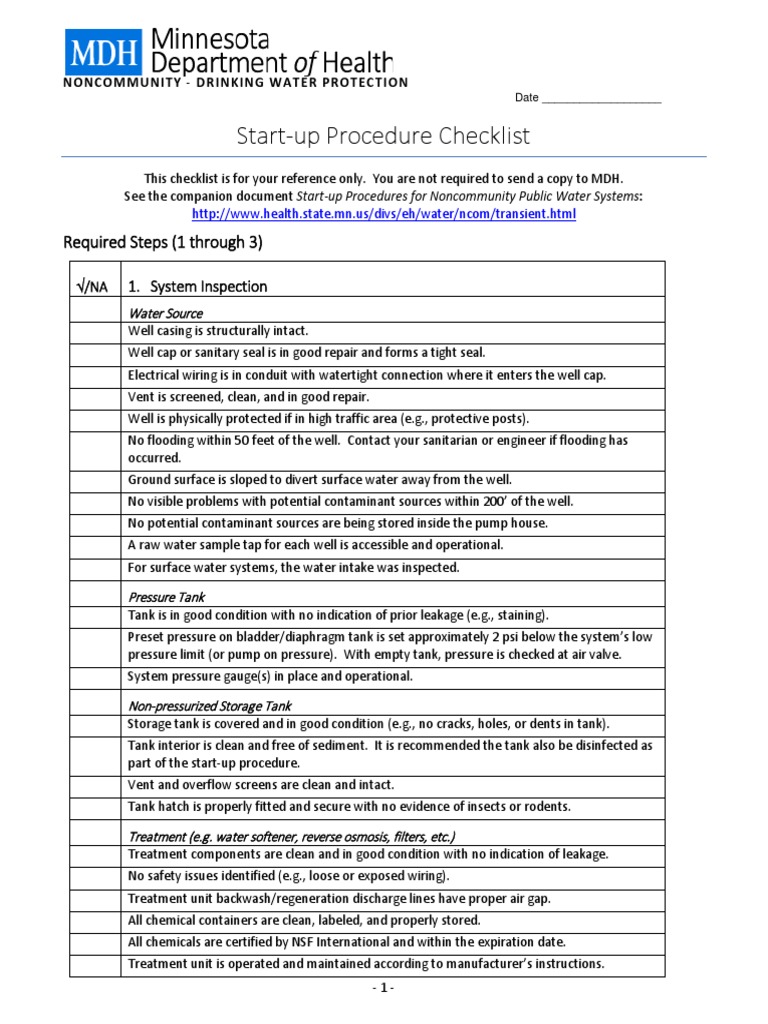


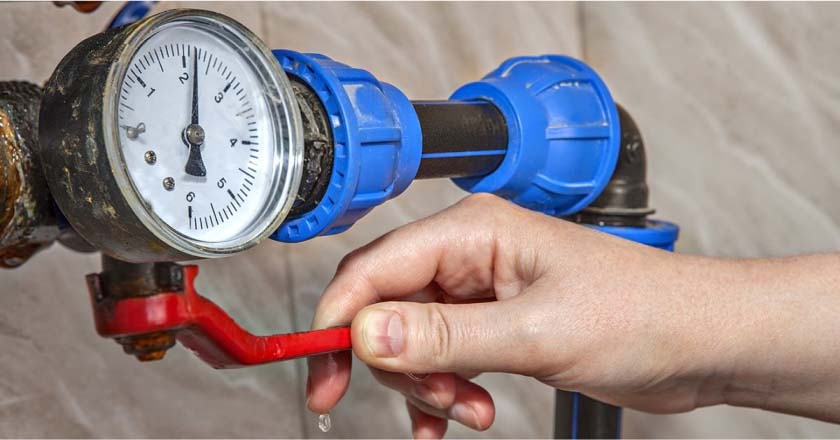
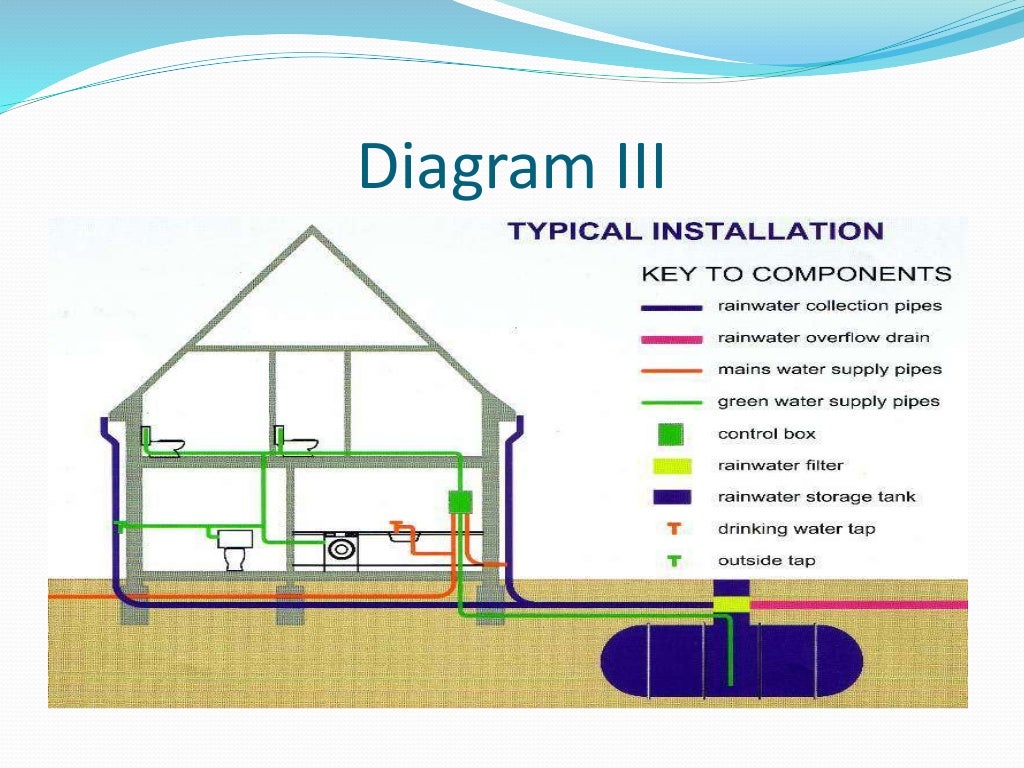


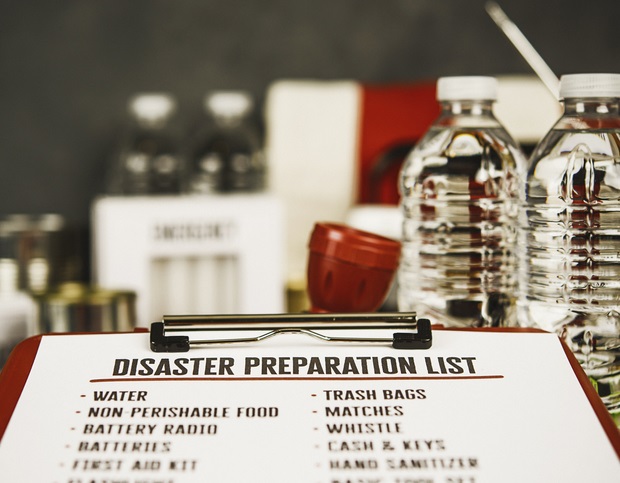


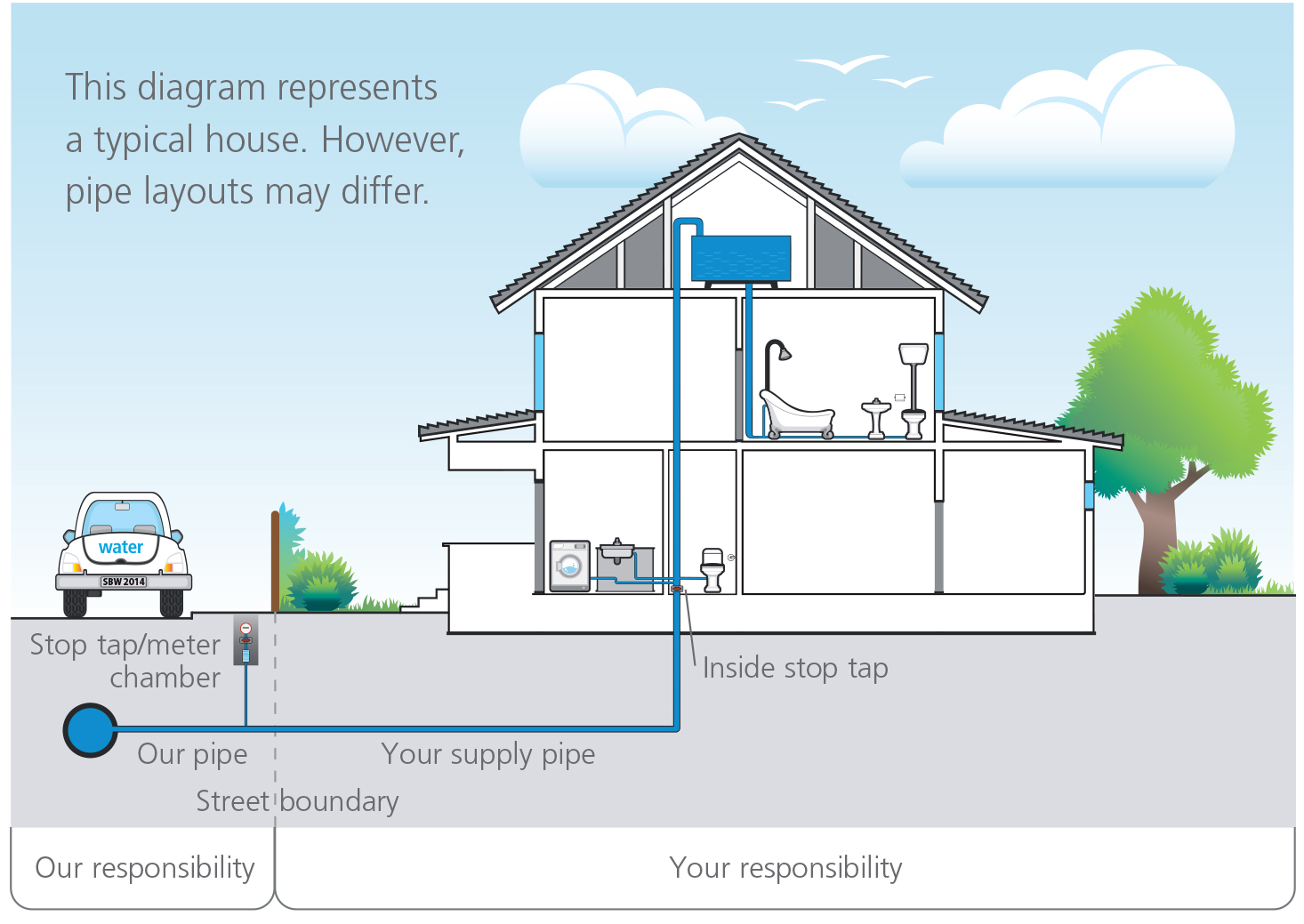

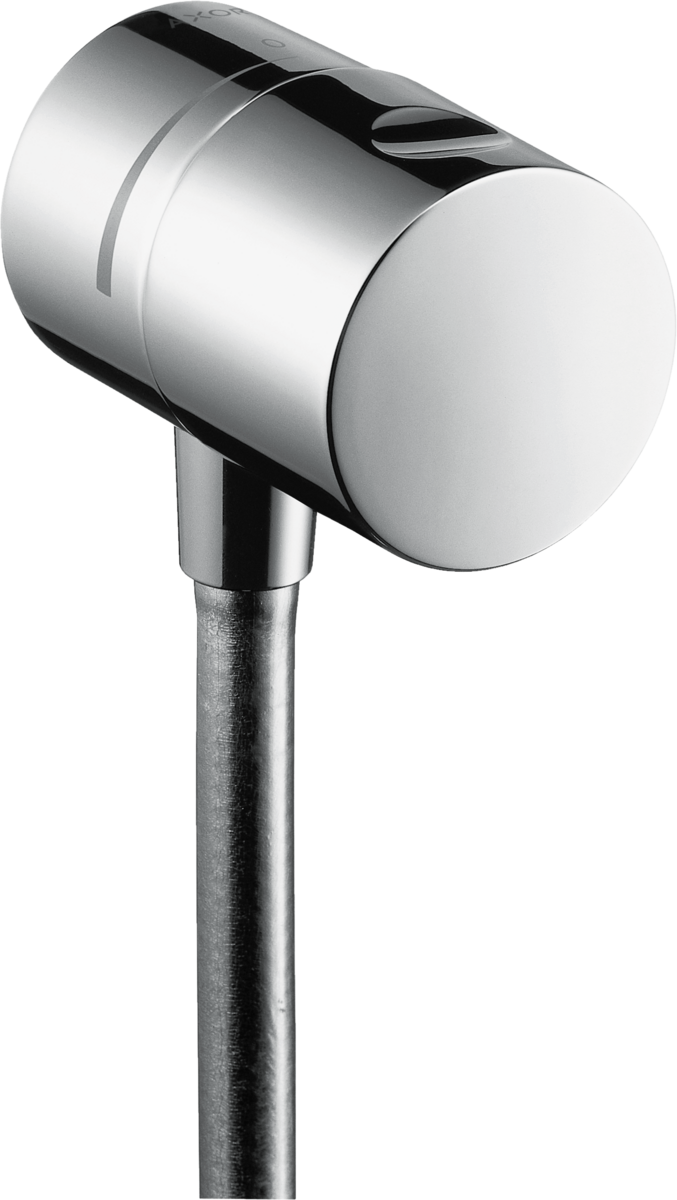


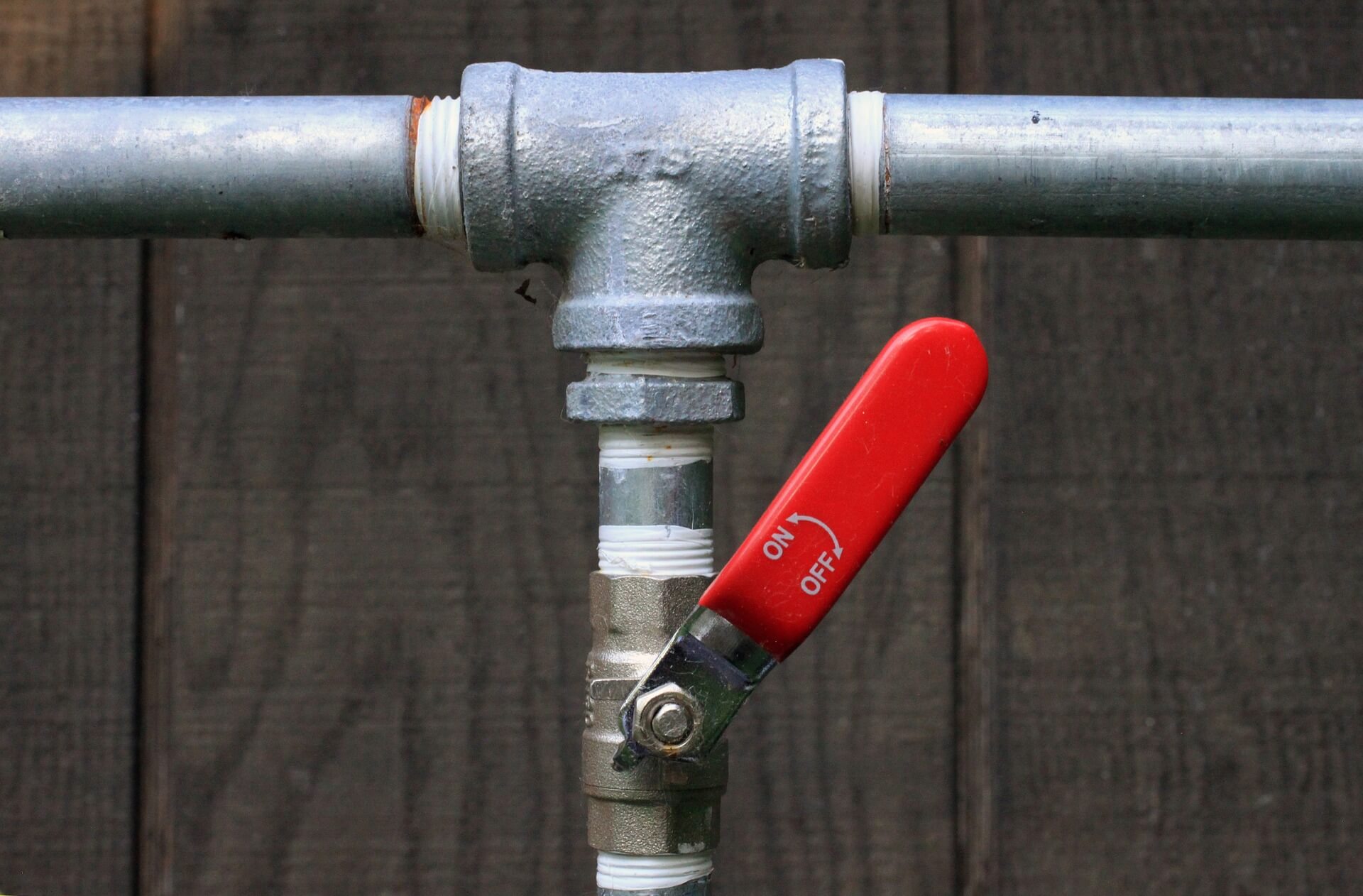
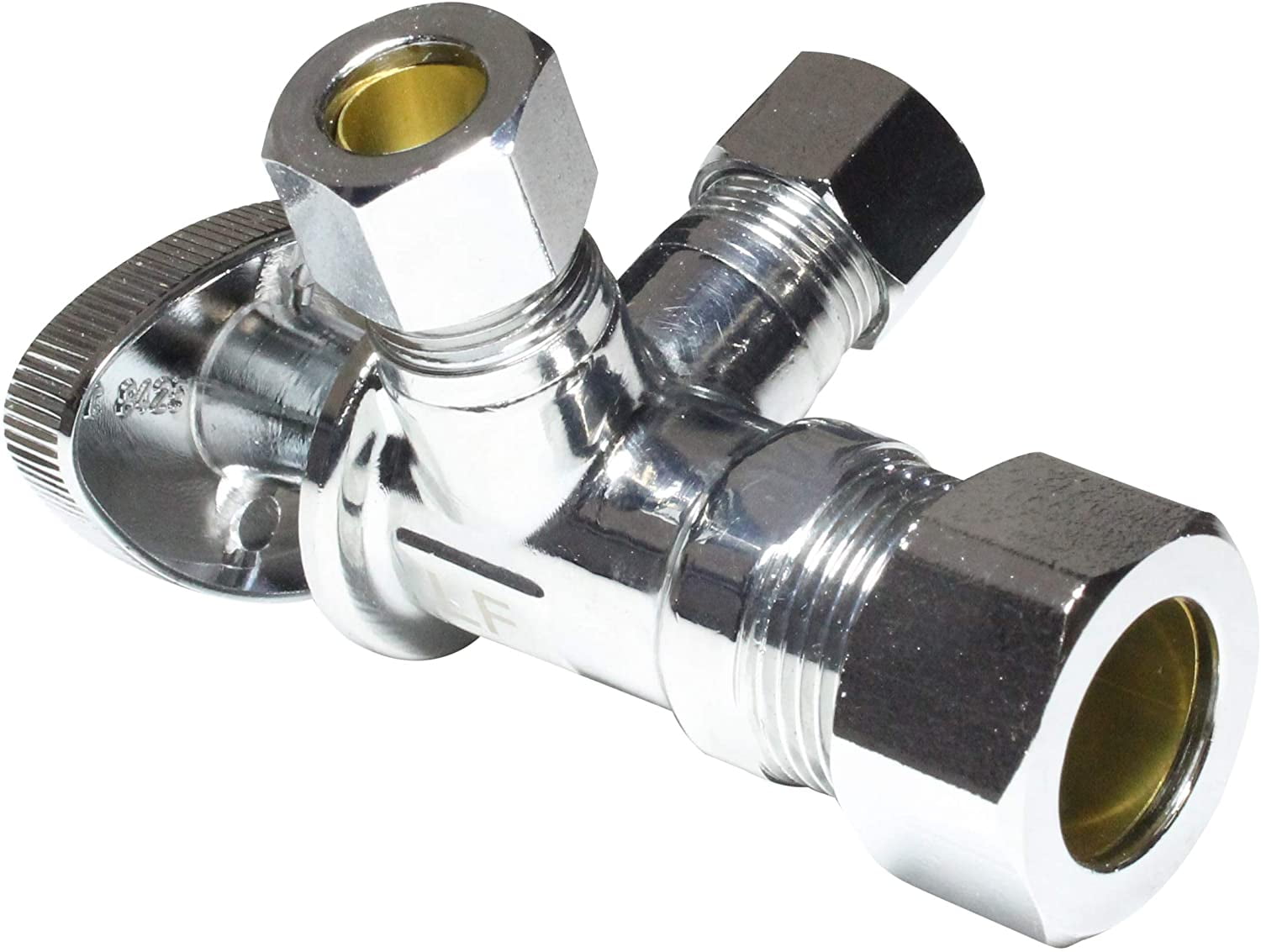



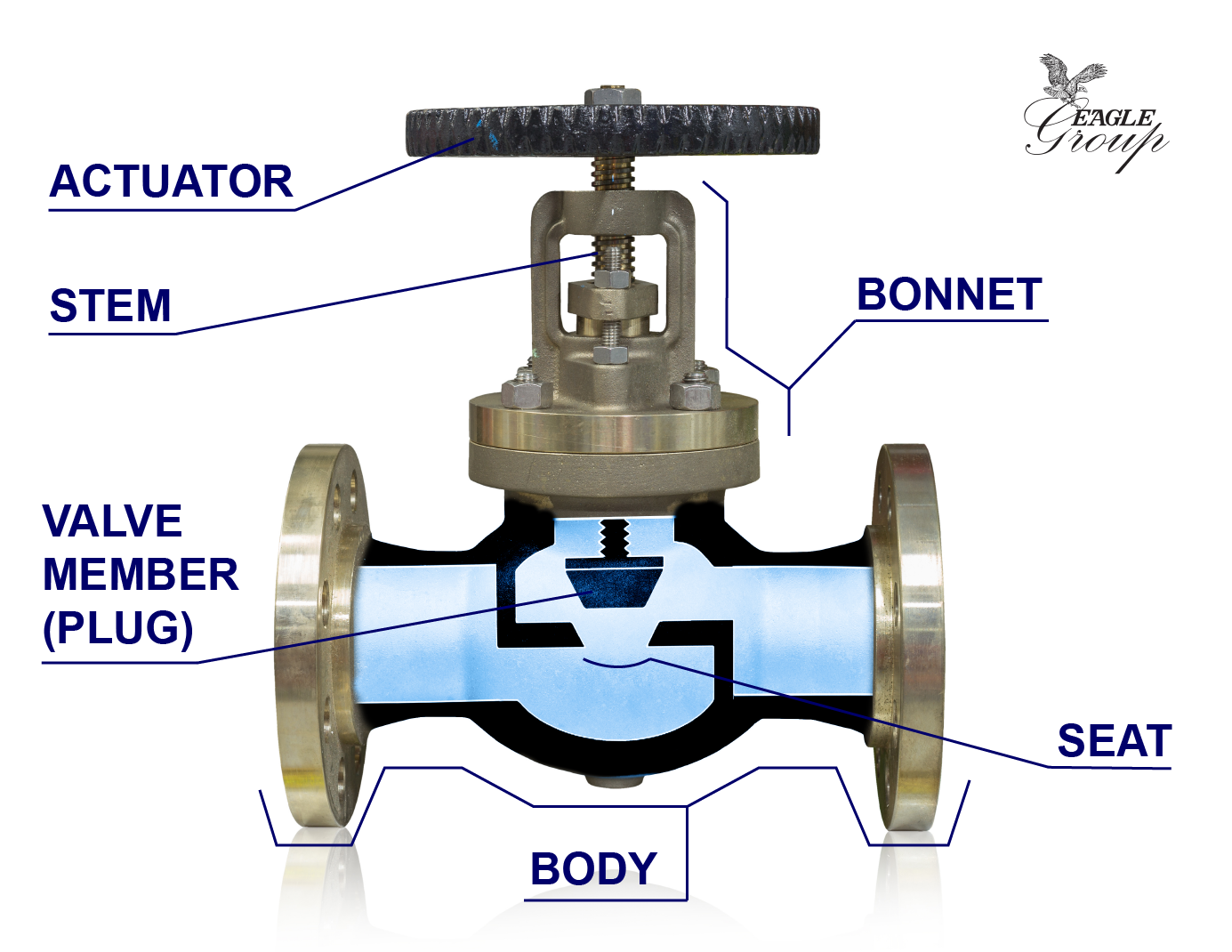




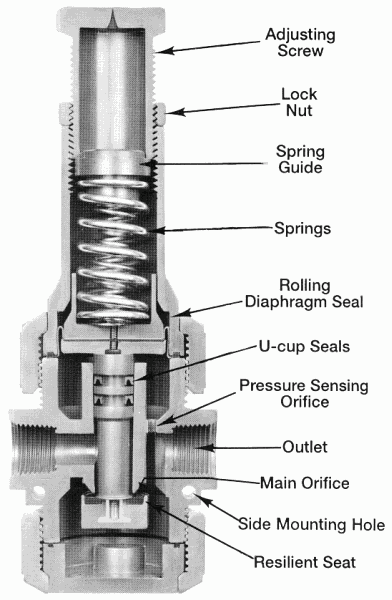


:max_bytes(150000):strip_icc()/Water-pressure-regulator-2718696_color-8cb88034226e4c43aae61588c648e23f.jpg)

















